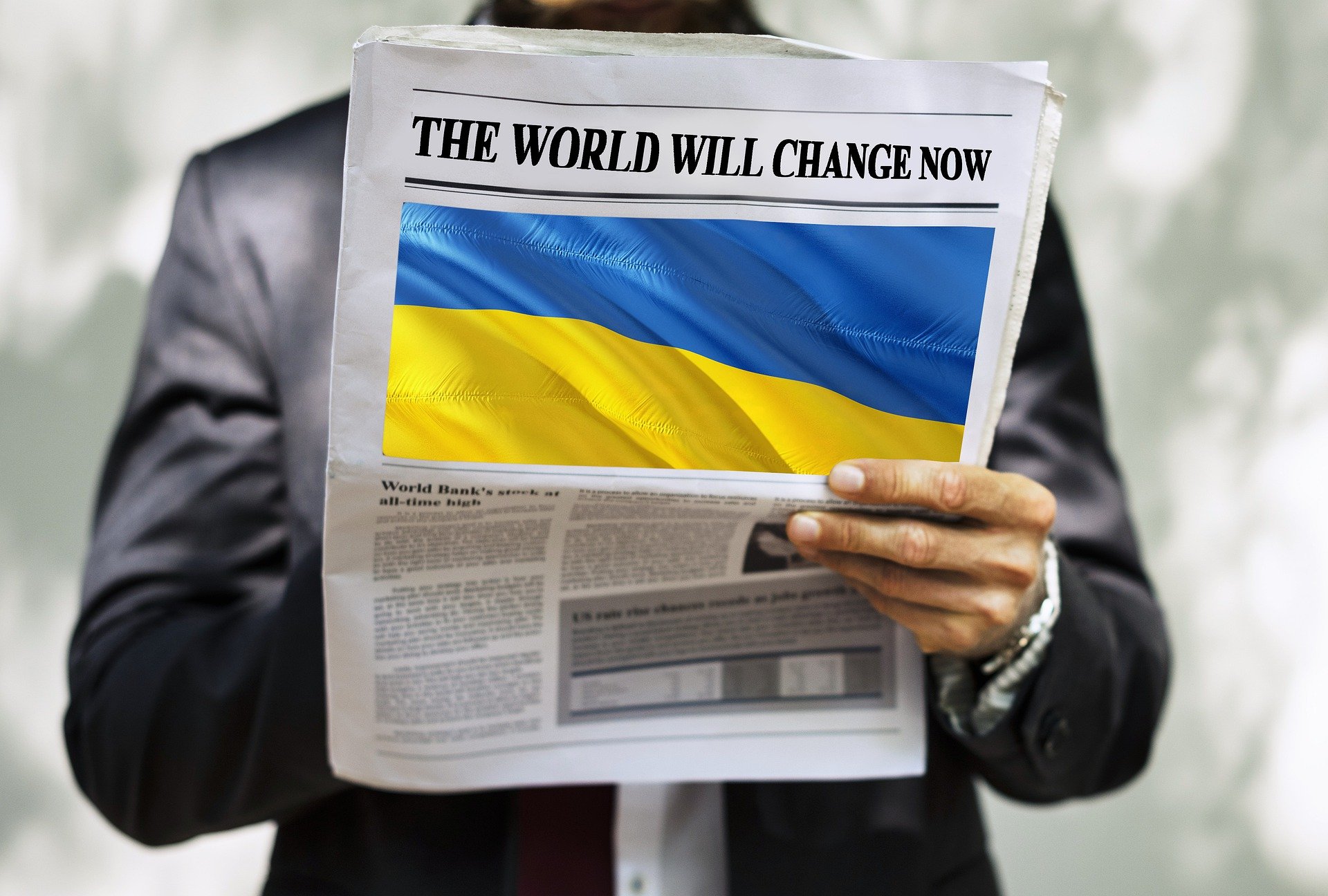On Thursday the 24th of February, 2022 Russian President Vladimir Putin permanently shifted the course of what was considered ‘everyday life’. Without exaggeration it can be said that history is being redrawn. In an instant, the whole world suspensefully started to question what Putin’s next steps might be, who has arguably seemed to have been waiting for this moment to come.
Both the Minsk Agreement in 2015 and the annexation of Crimea in 2014 can be regarded as the first steps towards a greater plan. Symbolically, those two events were pawns that were supposed to direct Putin’s strategy to control the central part of the chess board, simultaneously challenging possibilities of the West to move its own pieces.
The Minsk agreements I and II, implemented to achieve a ceasefire between Russia and Ukraine to end the conflict in the Donbas region of Ukraine are cornerstones to understand how a peace deal does not necessarily lead to peace. The so-called Minsk I was a 12 point ceasefire deal that included provisions such as humanitarian aid and withdrawal of heavy weapons. Yet, due to violations of the agreement from both parties, a new attempt was made in 2015 and has led to the Minsk II, which was an improved 13 point agreement with both military and political steps. This time, the Organisation for Security and Co-operation in Europe (OSCE) was included as an additional party for monitoring and verification. Some of the agreed terms included elections in Donetsk and Luhansk, comprehensive ceasefire as well as Ukrainian control of the state border.
The contested issue lies in the fact that the interpretation of the agreement differed between the parties. According to the Russian government, a special status of the Donetsk and Luhansk region would include its own police force and support for the region’s transnational cooperation with Russia. In Ukraine’s eyes, however, instead of a special status, the region should receive opportunities for self-government and be incorporated in the decentralisation programme of Ukraine. Hence, whether Minsk II might play a decisive role in the ongoing war is yet to be seen.
It is visible how already in 2014 the Russian president started to move his pawns towards the desired aim by strategically claiming specific regions. Should NATO and the European Union have foreseen the upcoming move? Perhaps. This war is certainly not coincidental.
Yet, the question remains, what is the greater plan? Why is the centre of Putin’s chess game such a relevant game tactic?
Many discussions are now looking at the ‘Warsaw Pact’. Also known as the ‘Eastern NATO’ created on 14th May, 1955 by the Soviet Union. The Warsaw Pact entailed a collective defence treaty and included both the Soviet Union and Soviet satellite states, namely Albania, Bulgaria, Czechoslovakia, East Germany, Hungary, Poland and Romania. On 25th February 1991 the Warsaw Pact broke up and shortly after that the Soviet Union was also dissolved. As a result, the Mutual Economic Assistance or in other words the regional economic organisation was ended.
Even though the political landscape has changed now, Eastern and Central European countries rightfully fear Putin’s ideological quest to return to the ‘Eastern NATO’. A return to a system led by the Russian government would mean that Ukraine is just the beginning of how this war could expand.
The science fiction movie “The Day After”, released in November 1983, is a close to reality yet a fictional story about a probable scenario of a global nuclear war that could break out in Europe. In the movie, the then Soviet authorities decided to confront the West by putting an order to annex West Berlin, an enclave of freedom and democracy in the German Democratic Republic (GDR) and the entire communist empire. This confrontation was portrayed as a civilisational catastrophe.
Now with the war in Ukraine the movie is far from being considered as a cultural science fiction product. The catastrophe could more likely become a prophecy of the future if Putin’s plan is indeed a return to an ideologically driven ‘Eastern NATO’. The Warsaw Pact was and maybe will become the central chess tactic used to control the political military game against the West.
Nevertheless, NATO still has a chance to strategically shift its position on the chess board. General Waldemar Skrzypczak, former Polish commander of the land forces, has mentioned how the regrouping of the Russian forces after the fifth day of the invasion aside with the entering of the reserves proves the weakness of the Russian forces. With that in mind, how the game will be finally played is still unknown.
The weakness of the Russian army does not necessarily mean that Putin cannot shift his pawns in a different way. As a Dutch saying goes “Who is not strong must be smart”. According to Lesia Vasylenko, a Ukrainian Parliamentarian, the world should not forget about the 15 nuclear reactors in Ukraine: “Russia can launch a missile strike or launch a missile at any of these reactors at any time”. One wrong move might lead to a nuclear catastrophe, a remainder depicted by the movie “The day after”. That is why the next move in the game is so critical at the moment.
References:
- https://www.aljazeera.com/news/2022/2/9/what-is-the-minsk-agreement-and-why-is-it-relevant-now
- https://www.nato.int/cps/us/natohq/declassified_138294.htm
- https://polskatimes.pl/uklad-warszawski-niemal-caly-czas-mial-przewage-nad-nato-ale-przegral/ar/3362531
- https://www.rp.pl/konflikty-zbrojne/art35816501-gen-skrzypczak-trzeciego-dnia-mowilem-ze-strategicznie-ukraincy-wygrali-wojne
- https://www.rp.pl/konflikty-zbrojne/art35817381-poslanka-z-ukrainy-grozi-nam-katastrofa-nuklearna-jakiej-nie-widzielismy






